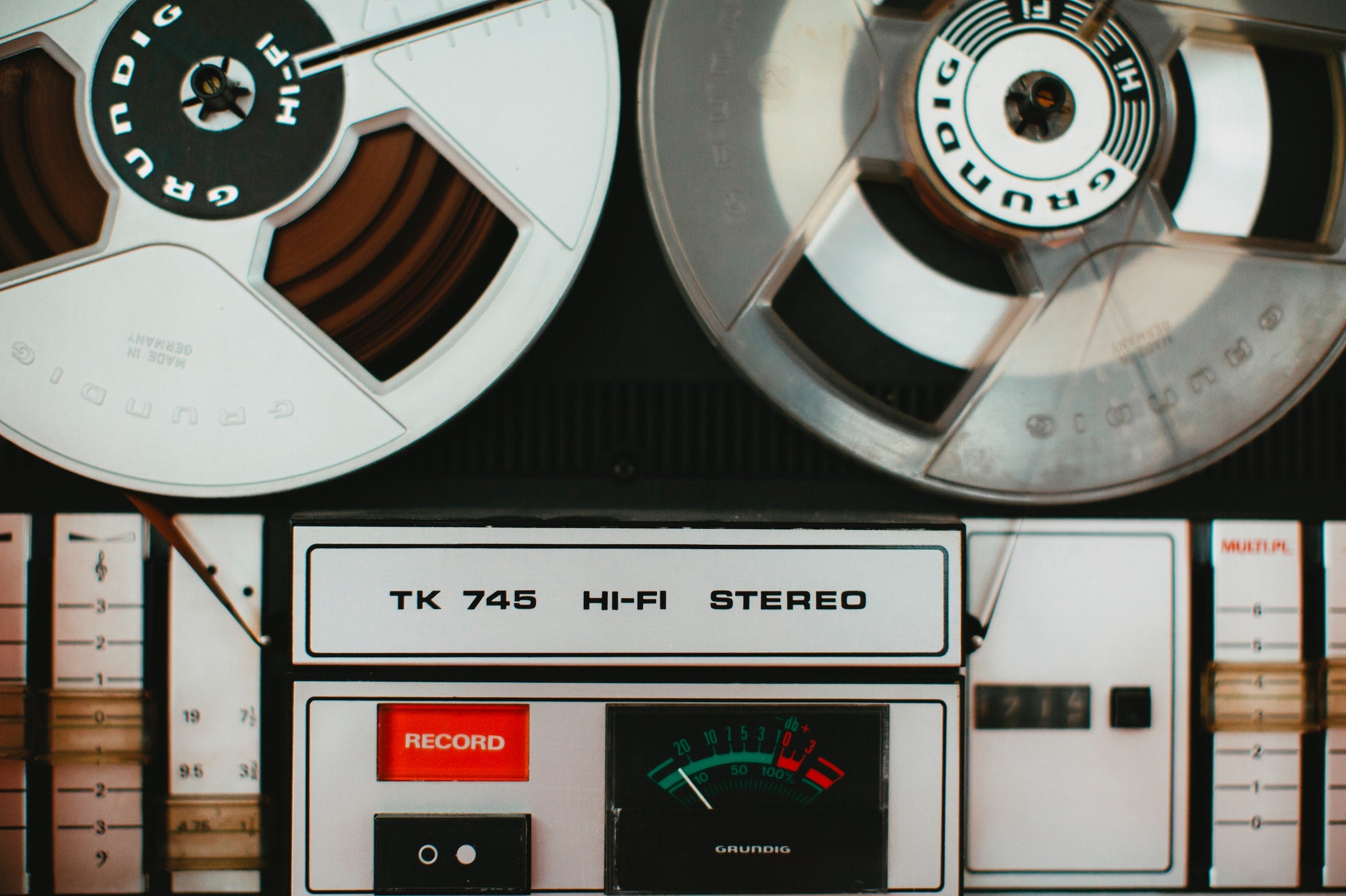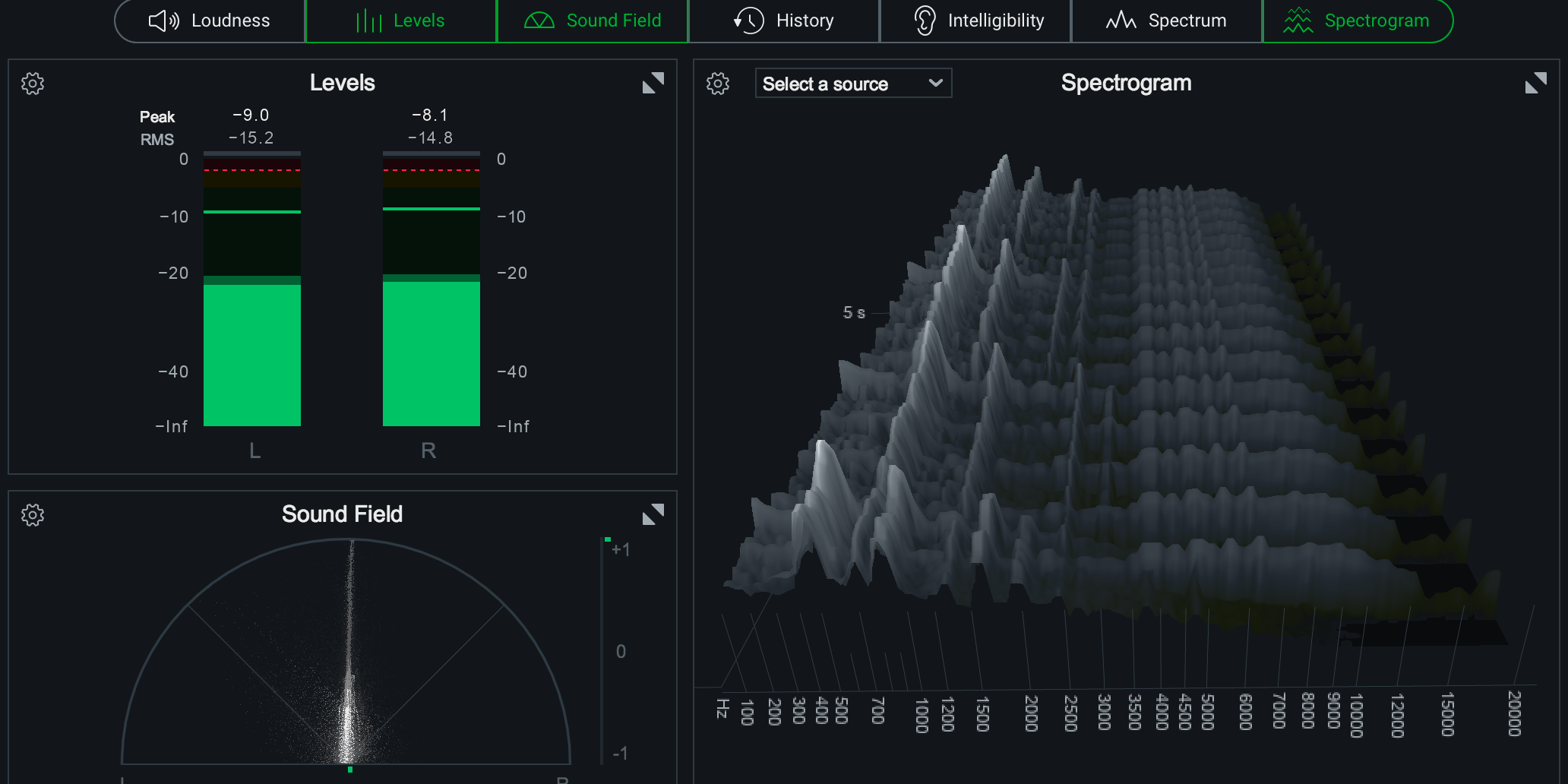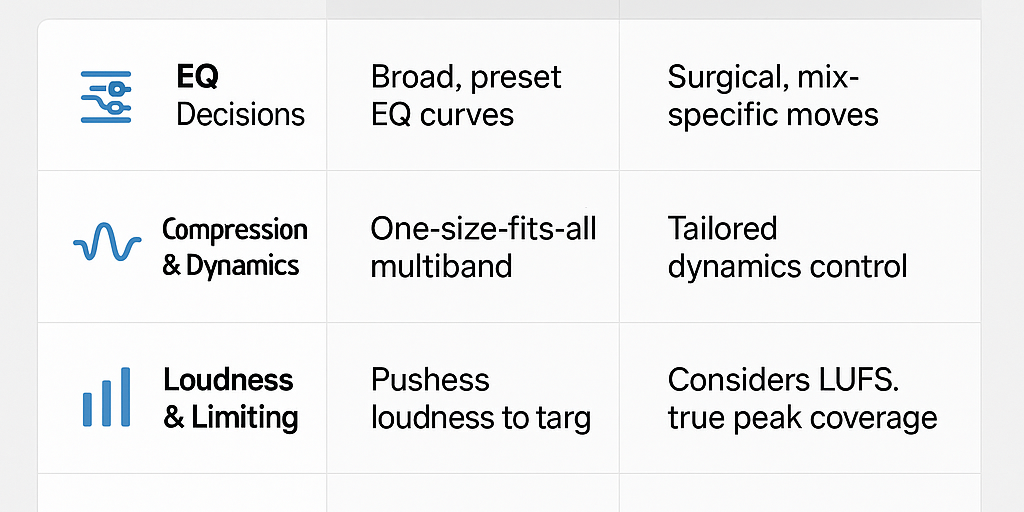Mastering is the final step in the music production process and it is an essential aspect of making a recording sound polished and professional. However, the way we master music has changed significantly over the years, with technology playing a major role in shaping the way we approach the process.
Historically, mastering was done using a combination of analog equipment and techniques. Engineers would use a variety of devices such as equalizers, compressors, and limiters to shape the sound of a recording. These devices were often hardware-based, meaning that they were physical pieces of equipment that had to be connected to a mixing console. This approach to mastering was time-consuming and required a great deal of expertise, as well as a significant investment in equipment.
In the digital age, however, mastering has undergone a major transformation. The advent of digital audio workstations (DAWs) and digital signal processing (DSP) technology has allowed engineers to achieve many of the same results as they would with analog equipment, but with greater flexibility and precision.
One of the key advantages of digital mastering is that it allows engineers to work with multiple copies of a recording at once. This makes it possible to compare different versions of a mix and to make more accurate and consistent adjustments. Additionally, digital tools such as equalizers and compressors can be precisely calibrated, which allows for greater control over the tonal balance and dynamic range of a recording.
Another advantage of digital mastering is that it has made the process more accessible to a wider range of people. With the development of software-based mastering tools, even those without a significant investment in equipment can achieve professional results. This has led to a proliferation of home studios and a democratization of the mastering process.
Moreover, with the advent of streaming platforms and online distribution, the perception of loudness and the definition of what a master should sound like has changed as well, this has led mastering engineers to adopt different practices and standards, such as the "Loudness War" a term that refers to the trend of increasing audio levels in order to make recordings sound louder than others. But this has also pushed the mastering industry to move away from that trend, and to focus on creating a balance between loudness and dynamic range for better listening experience.
In conclusion, mastering has undergone a significant evolution over the years, with technology playing a crucial role in shaping the way we approach the process. The move to digital has allowed for greater precision and flexibility in mastering, and has made the process more accessible to a wider range of people. However, as new technologies and platforms emerge, mastering practices will continue to evolve and change, so it's important to stay up to date with the latest trends and techniques to stay ahead of the game.
Mastering is a vast and complex topic with many aspects to consider, and technology is constantly evolving and changing, so, like with a lot of other tech industries, further research and learning is always a good idea to keep up with the latest trends and best practices.



